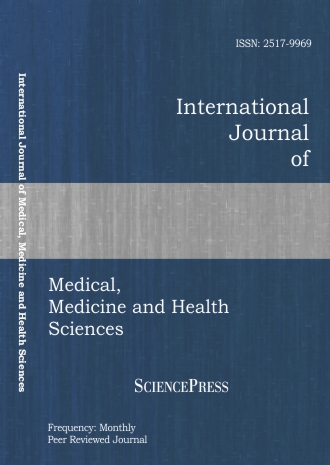
Scholarly
Volume:3, Issue: 8, 2009 Page No: 180 - 184
International Journal of Medical, Medicine and Health Sciences
ISSN: 2517-9969
1076 Downloads
Breast Cancer Treatment Evaluation based on Mammographic and Echographic Distance Computing
Accurate assessment of the primary tumor response to treatment is important in the management of breast cancer. This paper introduces a new set of treatment evaluation indicators for breast cancer cases based on the computational process of three known metrics, the Euclidian, Hamming and Levenshtein distances. The distance principals are applied to pairs of mammograms and/or echograms, recorded before and after treatment, determining a reference point in judging the evolution amount of the studied carcinoma. The obtained numerical results are indeed very transparent and indicate not only the evolution or the involution of the tumor under treatment, but also a quantitative measurement of the benefit in using the selected method of treatment.
References:
[1] B.K. Verma, Heredity & Cancer: Breast cancer as a model, IASTED